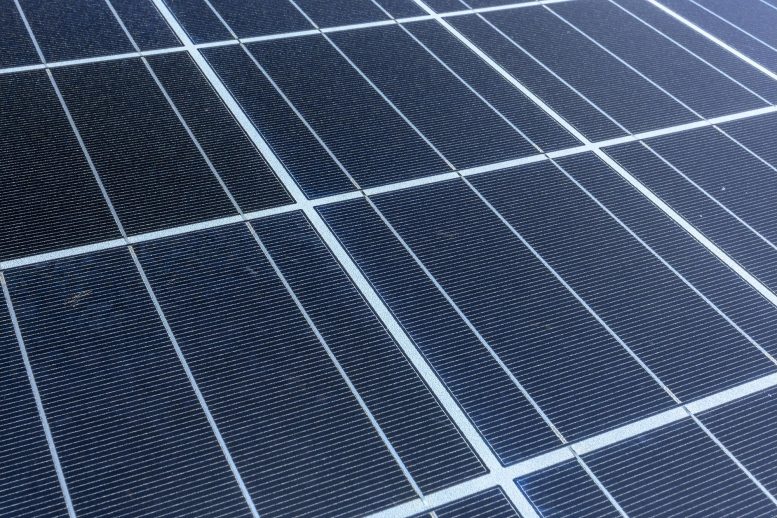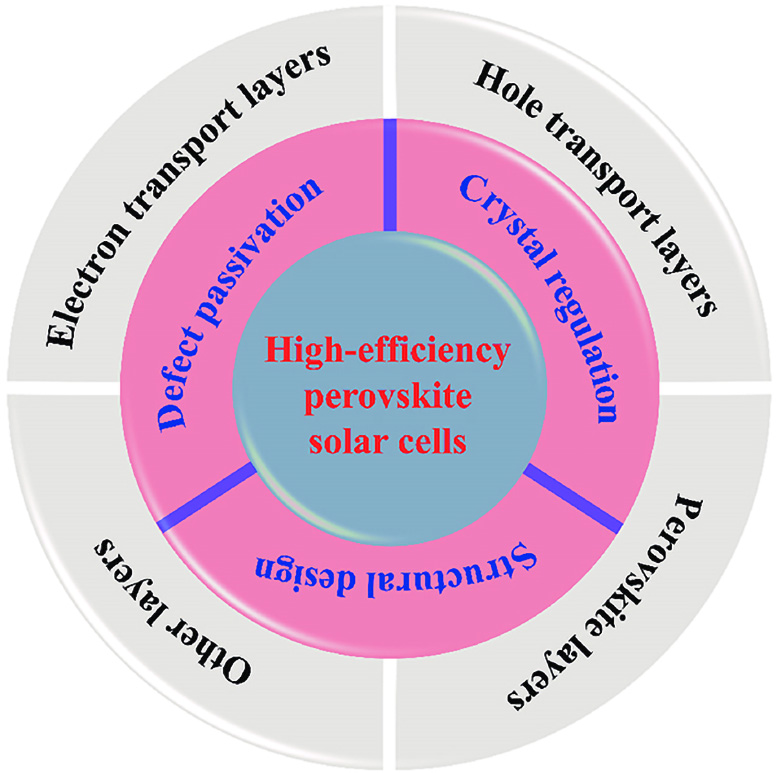
Researchers at Soochow University have highlighted the potential for significant advancements in solar cell efficiency, focusing on high-efficiency perovskite solar cells. Their review outlines the current state of research and future directions, emphasizing the advantages of perovskite solar cells, such as high efficiency, low cost, and flexibility.
Commercial solar panels currently have the capability to transform approximately 15% to 20% of the sunlight they capture into electrical power. However, experts at Soochow University suggest there’s significant room for improvement. They highlight that the upcoming generation of solar cells has achieved an efficiency of 26.1%, indicating potential for even higher efficiency rates. Nonetheless, they emphasize the necessity for more targeted research to not only normalize this level of efficiency but also to exceed it.
They recently published their review of the current state of research on high-efficiency perovskite solar cells and their recommendations for future work in Energy Materials and Devices.
“Metal halide perovskite solar cells are a new type of high-performance solar cell,” said first author Fengren Cao, researcher in Soochow University’s School of Physical Science and Technology. “They exhibit excellent photoelectric properties and have the potential for high efficiency and low cost, making them a promising candidate for future solar energy applications.”
Advantages of Perovskite Solar Cells
The metal halide perovskite in these solar cells is a calcium titanium oxide-like organic material that operates as a light-absorbing semiconductor to capture incidental sunlight and convert it to energy.
“Perovskite solar cells offer high efficiency, exceeding 26% in laboratory conditions; low cost, using relatively inexpensive materials and simple manufacturing processes; flexibility, as they can be made on flexible substrates — such as plastic or metal foils — enabling the development of lightweight, flexible photovoltaic devices; and they can be scaled up to larger sizes,” Cao said. “They have extraordinary potential as the next generation of photovoltaic technology.”

Researchers at Soochow University reviewed the current developments in making perovskite solar cells more efficient and offer directions to guide future research. They currently can achieve slightly more than 25% efficiency but the research said they could achieve more if current limitations are addressed appropriately. Credit: Fengren Cao, Soochow University
However, Cao noted, only a few research teams have developed perovskite solar cells capable of 25% efficiency or more.
“Over the past years, many strategies have been adopted to improve the efficiency of perovskite solar cells,” Cao said. “But achieving more than 25% efficiency is not yet common. As such, in this paper, we summarize recent developments in high-efficiency perovskite solar cells and highlight their effective strategies in crystal regulation, interface passivation, and structural design of component layers.”
Strategies for Improving Efficiency
These strategies could effectively address the main causes of low efficiency, which are preparation process-induced defects and an unsuitable band structure, according to Cao. The band structure refers to the energy levels of electrons in the material: Too low and the cell cannot properly or efficiently convert sunlight into energy, too high and the cell faces the same issue.
Cao also noted that other types of solar cells could be combined to construct “tandem solar cells” that could work together to break the efficiency limits of a single type of solar cell. In addition, Cao said, fabrication methods for larger components need to be optimized to achieve the same efficiencies as the methods to fabricate small areas less than a 10th of a square centimeter.
“We believe that perovskite solar cells are one class of the most promising solar cells, and these efforts will ensure they can be commercialized and industrialized in the future,” Cao said, explaining that additional research would also address such challenges as tolerance to defects and issues related to stability. “The future of perovskite solar cells is incredibly exciting, and the potential for further advancements is vast.”
Reference: “Perovskite solar cells with high-efficiency exceeding 25%: A review” by Fengren Cao, Liukang Bian and Liang Li, 4 February 2024, Energy Materials and Devices.DOI: 10.26599/EMD.2024.9370018
Other contributors include Liukang Bian and Liang Li, both with the School of Physical Science and Technology, Center for Energy Conversion Materials & Physics, Jiangsu Key Laboratory of Thin Films, Soochow University. Cao is also affiliated with Soochow University’s Jiangsu Key Laboratory of Advanced Negative Carbon Technologies.
The National Natural Science Foundation of China and the Priority Academic Program Development of Jiangsu Higher Education Institutions supported this work.
Source: SciTechDaily